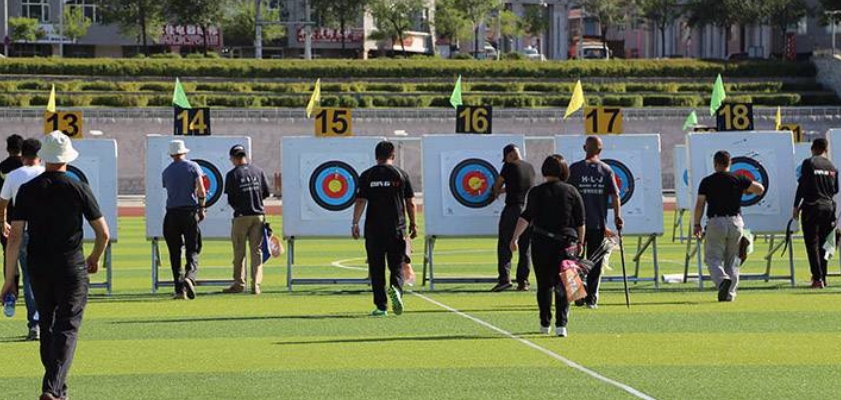Release time:2025-03-04 14:06:00Clicks:author:SPG ArcheryMain categories:Bows, Arrows, Archery Accessories

Target review before archery
As the name suggests, it means observing your own target. The basic requirement is that after entering the training or competition venue, the athlete should first observe the target position he is shooting at, the situation on the venue and the surrounding environment, and be mentally prepared for the possible influence of objective factors such as light and wind direction.
Position selection before archery
It means that the athlete chooses his position on the shooting line. The basic requirement is that each athlete should have his own fixed standing position on the shooting line, and the most ideal position is to stand on the center line of the target. However, according to the current competition rules, a single round of competition uses three athletes at the same target position to shoot within the same time limit. The athletes decide their positions according to the order of the draw, so there are three possibilities: the center line, in front of the center line, and behind the center line. Therefore, the athlete must have the ability to shoot well in the front, middle, and back.
Standing posture during archery
It is the posture of standing with two feet and the posture of the trunk during archery. There are three postures for competitive shooting
Side standing posture is also called parallel posture. It is the most basic standing posture. It requires two feet to be open with shoulder width, standing on both sides of the shooting line, with feet slightly abducted, and as close to the center line of the target as possible. Side standing posture is more natural, which can ensure the normal function of internal organs and the ability of the organism to maintain time. It is not easy to produce excessive flexion and twisting of the trunk. It is more suitable for beginners and female athletes to adopt this standing posture.
Exposed style Exposed style is also called oblique standing style. The basic requirements are: stand on both sides of the shooting line with two feet apart, the toes of the two feet are connected at an angle of about 45 degrees to the center line of the target, the right foot is parallel to the shooting line, and the toes are close to the center line of the target.This standing posture should be appropriately wider. This standing posture has a certain effect on strengthening the back muscles of the bow arm. Since this standing position causes a large torso twist during archery and more muscles are involved in the work, the weight must be evenly distributed on both feet, the knees must be stable and immobile, and attention must be paid to the direction and force of the bow-holding arm.
Hidden style: Stand with your feet apart on both sides of the shooting line, with the left foot (for left-handed bow holders) parallel to the shooting line and close to the center line of the target, and the right foot slightly backward and obliquely standing, at an angle of about 70 degrees to the center line of the target. The hidden style is helpful in strengthening the front support force and has a certain compensation effect on the body. When the bow is raised, the center of gravity of the human body moves to the side of the bow-holding arm. In this case, a slight right turn of the trunk (spine rotation) will compensate for maintaining body balance, reduce the burden on the sacrospinal muscles, keep the body in the middle position, and facilitate the use of technology. However, the disadvantage is that it is easy to cause the shoulder of the bow-holding arm to rise, destroy the straight force of the front support, and cause the wrong action of the bowstring hitting the arm. The night is dark with the west wind.